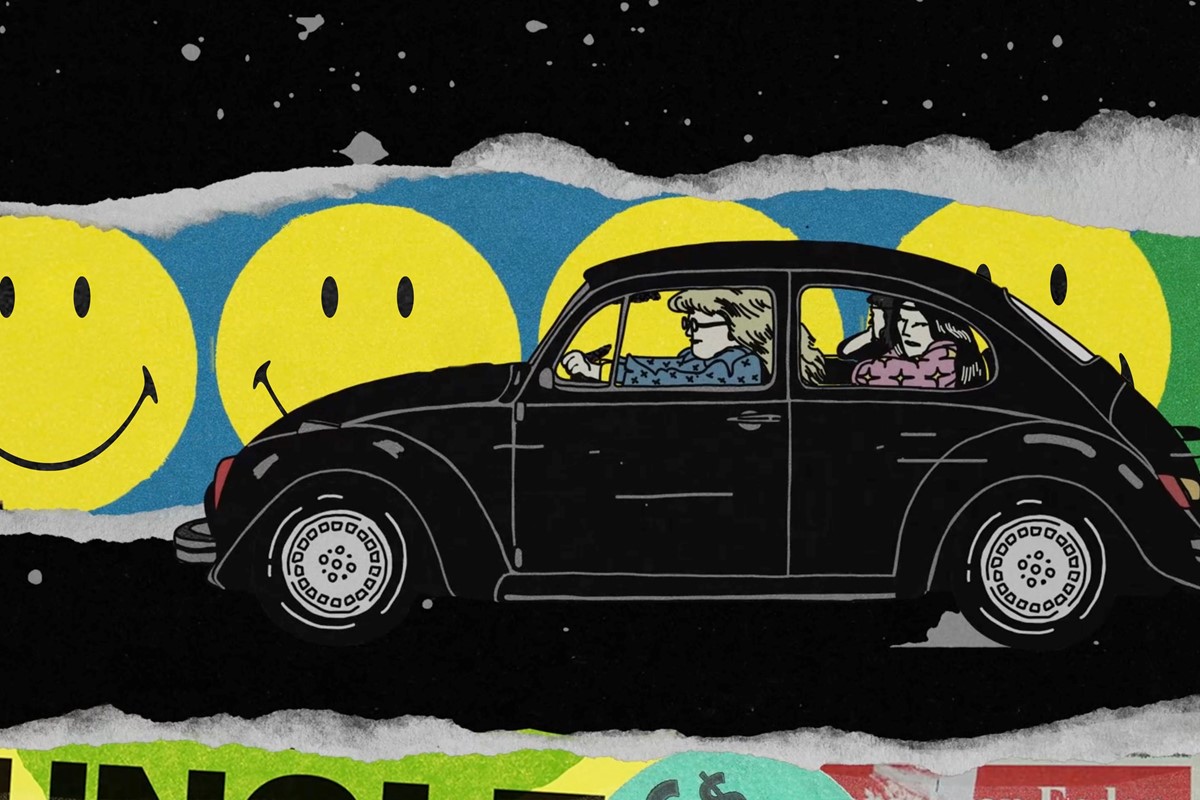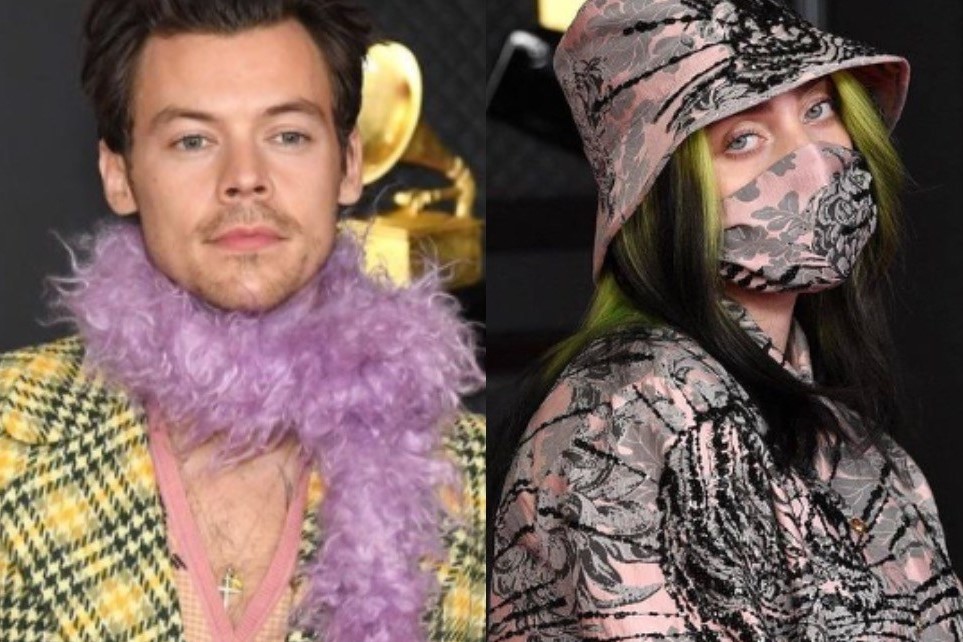
Tracing 50 years of the iconic Smiley, a symbol of defiant optimism
In a prolonged period of uncertainty, this animated short film traces the pop-political history of the Smiley, an image of positivity and resistance that has endured economic, political, and social unrest across five turbulent decades
The Smiley Company
Across the last 50 years, images and ephemera of resistance have buoyed people through some of the most turbulent times of economic, political, and social unrest. Take the hippie opposition to the Vietnam war, the acid house resistance in Thatcherite Britain, the youth movement against the West’s war on terror, and the most recent revolts for climate action worldwide. It’s in music and visuals of counter culture that generation’s find themselves galvanised, as well as hope, comfort, and a reason to smile – prominent and iconic, the Smiley always simmers into our collective consciousness.
In this recently released animated short film, The Smiley Company charts the yellow smiling face’s iconography, its place in both popular culture and the subversive underground. The film begins at Smiley’s birth, a Franklin Loufrani design that appeared first in the 1972 edition of French newspaper France Soir, as a symbol of good news, and embarks on a colourful journey through the decades punctuated by Smiley, “an antidote to the frenzy of global strife and forecasts of doom.”
In moments of crisis – from 70s nuclear armageddon to economic strife in the 80s, climate injustice, threats to the rave scene and cultural institutions, simmering racial tensions, mass unemployment, and now, a global pandemic – we see how Smiley rears its head. Smiley appears in the hedonistic 80s, the techno-topian visions of the 90s, and then in the beloved Smiley dictionary of 1997, which was created by current Smiley Company CEO Nicolas Loufrani and became a universal language of emojis that captured our emotions in an age of new digital connectivity. As time bleeds into hypercollaboration and screen-time overload, punctuated by the fight for clout and a yearning for creative connection beyond our screens, Smiley endures. The character is etched into radical art, stamped on rave flyers, referenced in our fashion, and emblazoned on our protest placards, through every era where society seems to teeter on destruction.
With the film, we see that a hopeful future can be imagined by uniting through positive, creative expression. “Smiley emerged as an emblem for anyone who wished to swap a narrative of despair for possibility and promise,” the narration asserts.
Written and co-directed by filmmaker and journalist Liam Aldous, and co-directed and scored by artist Maxime Machaidze, the film traces Smiley’s positive and emotive presence in moments of historical doom, an icon used by those who are defiantly optimistic – war, failing government, global pandemic, or otherwise. Aldous and Machaidze utilised Temur Ezugbaia and Anka Bochorishvili, both artists, animators and illustrators from Georgia – an ex-Soviet region in which resides a youthful generation of creatives they believe channel the spirit of Smiley. DJ Pierre Phuture – an icon himself as a father of the acid house sound – was of course the film’s go-to narrator.
The film precedes The Smiley Company’s 50th anniversary in 2022, with plans in motion to launch 50 collaborations with brands and artists. Smiley recently collaborated with iconic graffiti artist Mr. Andre to create an exclusive logo for 50 limited edition product collaborations. Known by his graffiti-artist alter ego Mr André, the tag Mr. A, and for his concept “Love Graffiti”, the logos pay homage to decades of artists subverting the Smiley with several different spray paint remixes, as well as the original “Take The Time To Smile” campaign message from 1972.
Ultimately, Smiley’s technicolour history is a roadmap through our turbulent times, and a reminder that our collective, radical positivity has power. As DJ Pierre narrates: “it’s never been a naïve way to negate the reality of the world, but our form of projecting a better future through positivity, creativity, and coming together.” Face the din, with a grin.



